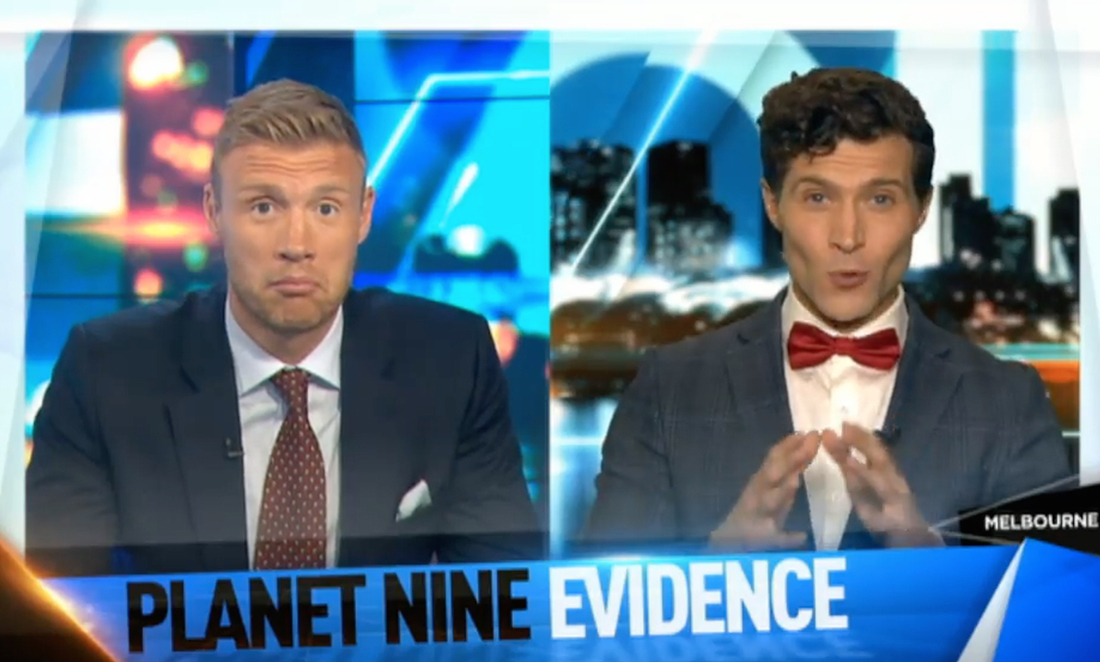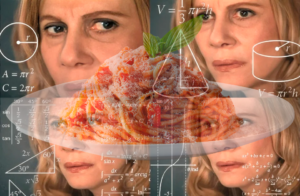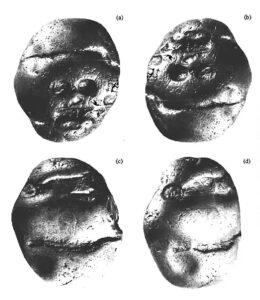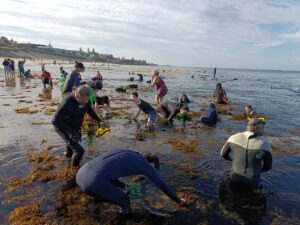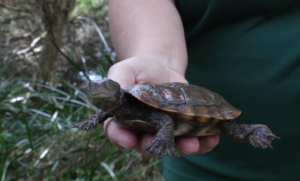I love the sense of adventure I get from approaching a new problem, the thrill I feel of finally uncovering a graph or formula that no one before may ever have seen and most of all the pride I take in publishing my research to the world.
Yet you may know me better as someone who talks more about other’s science than my own. That’s because I’ve been fortunate to find my way into radio and TV shows that want to know about discoveries in science and (so far) I’ve managed to somehow not horribly mangle the explanations and keep getting invited back.
I still think of myself as a scientist first and foremost, and I respect the amount of education and training in a science-communication degree enough to never claim to be both.
Yet the importance of ensuring that the public hears about breaking science discoveries is so great that I’ve tried my hand in the world of science communication – and I’ve found it to be just as engaging and challenging as science research.
Science is not something you learn in school as a series of facts, as if it is in some way ‘done’. It is constantly changing, a cumulative action of millions of scientists and engineers, striving to learn why and how things are as they are and wondering if they can be different or improved.
That’s why it’s so critical that the public is reminded that it is news. It’s as relevant to their lives as a politician’s vote, as worthy of their attention as the latest Hollywood blockbuster and as entertaining as a cat meme – if it’s explained well enough and placed in the context of their lives. This is where the science communicator shines, with a foot in both worlds and a creative side to take a graph and make it live.
Sharing science is critical because we have myriad of challenges facing our world. Environmental pressures are increasing with soil erosion, over-fishing, pollution of air, land and waterways, climate change and collapsing species numbers worldwide. Or the challenges of raising the living standards of billions to enjoy, without further taxing that stressed environment. And let’s not forget the challenges in mitigating the damaging health and social consequences of those modern lifestyles. Addressing all these will require more science and technology, not less.
Make no mistake, science (and the more general collective noun STEM that includes technology, engineering and maths) has never been more needed yet never been more vilified. Sneering denouncements of highly-trained and dedicated researchers as `experts’ such as Vote Leave’s Michael Gove’s declaration “I think that people in this country have had enough of experts”. Vitriolic suspicion of evidence-based conclusions as a conspiracy between competing scientists rather than confirmation via multiple lines of enquiry. Manic sharing of pseudo-scientific claims and counterclaims with potentially lethal consequences. Ironically many of these attacks using the very technology that STEM and its scientific-methods have given us.
And yet I am optimistic. We are on the verge of a bright future in science. Personalised medicine where treatments are designed for you. New particle detectors and telescopes that will uncover the nature of our universe. Industrial-scale renewable energy projects and new, environmentally safer materials are all ahead.
The barriers to entering the conversation are lower than ever. Don’t wait for someone else to tell your story, get your message out on YouTube, Periscope or Facebook Live. Always be true to the science but ensure you frame it for the concerns of the audience and you’ll ensure that others love science as much as you or I…



